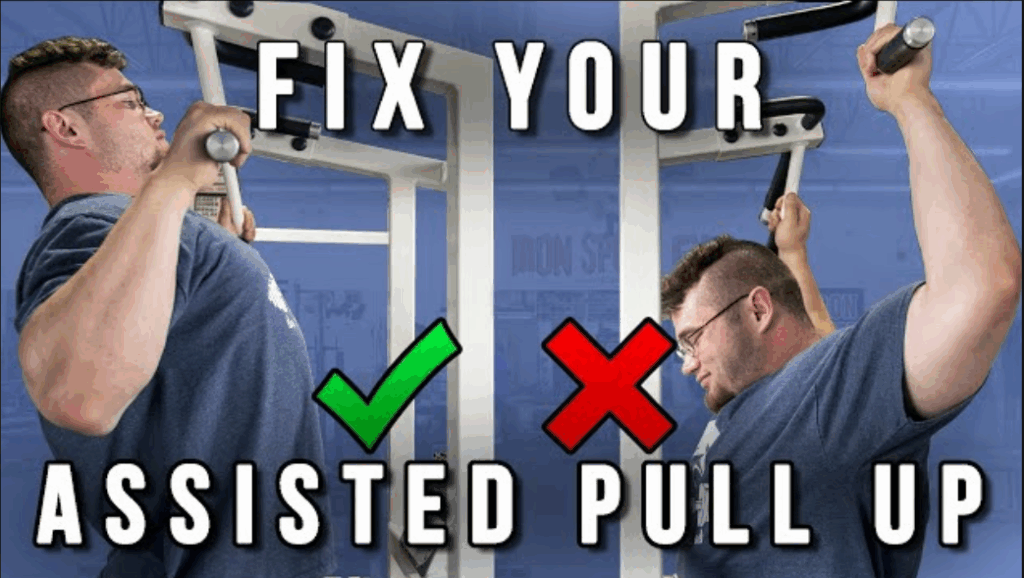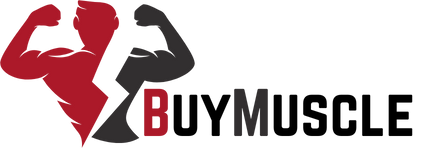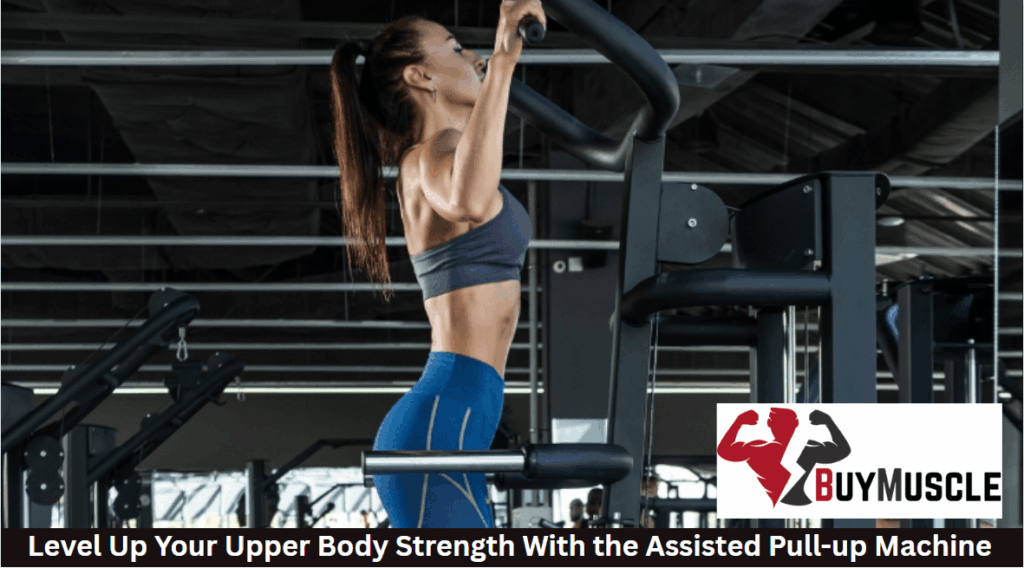The assisted pull-up machine transforms your struggle with traditional pull-ups into a systematic strength-building journey that actually gets you to your goals. You’ll progressively build lat, bicep, and core strength while maintaining perfect form through adjustable counterweight support.
Start with 50-70% assistance and gradually reduce it as you develop pulling power. This proven approach takes you from zero to hero without the frustration of failed reps or compromised technique.
What Is the Assisted Pull-Up Machine?
If you’ve ever watched someone effortlessly crank out pull-ups and wondered when you’d get there, the assisted pull-up machine might become your new best friend. This gym machine uses a counterbalance system that supports part of your body weight, making pull-ups accessible regardless of your current strength level.
Select your resistance adjustment by placing a pin in the weight stack. The more weight you choose, the more assistance you’ll receive. Unlike resistance bands that provide variable help throughout the movement, this machine offers consistent support from start to finish.
The platform or knee pad moves with you as you pull up, maintaining steady assistance while you focus on proper form and technique. It helps you build strength progressively while mastering the movement pattern.

Muscles Targeted
Every rep on the assisted pull-up machine activates multiple muscle groups working in harmony to create that powerful pulling motion. Your latissimus dorsi serves as the primary mover, creating that wide, V-shaped back you’re after. The biceps work hard throughout the movement, especially during the final pull toward the bar.
Between your shoulder blades, the rhomboids engage in squeezing and stabilizing, improving your posture with each rep. You’ll feel your core firing to maintain body control and prevent swinging. Your shoulders contribute by stabilizing the joint through the full range of motion.
Even your forearms get involved, building grip strength that transfers to other lifts. This compound movement pattern makes assisted pull-ups one of the most efficient upper-body exercises you can perform.

Benefits of Using the Assisted Pull-Up Machine
You’ll build upper body strength progressively without risking injury from attempting full bodyweight pull-ups too soon. The adjustable assistance lets you maintain proper muscle engagement throughout each rep, ensuring you’re developing real pull-up proficiency rather than compensating with poor form.
This machine is also perfect for functional fitness training since pulling movements translate directly to everyday activities and sports performance. Whether you’re recovering from injury, just starting, or adding volume to your strength-building strategy, you’ll find the assisted pull-up machine adapts to your needs. It’s particularly valuable for mastering the mind-muscle connection that’s essential for eventual unassisted pull-ups.
How to Use It Correctly
Most people jump onto the assisted pull-up machine without proper setup, limiting their progress from day one. Start your step-by-step machine setup by selecting the appropriate counterweight – typically 50-70% of your body weight for beginners. Next, position the knee pad at hip height.
Master your body positioning by engaging your core and maintaining a slight forward lean.
Focus on scapular control by pulling your shoulder blades down and back before initiating each rep. It prevents shrugging and maximizes lat engagement.
Experiment with grip variations to target different muscles. Use a wide overhand grip for lats, a narrow grip for the middle back, or an underhand for biceps emphasis. Maintain full range of motion by pulling until your chin clears the bar, then lowering with control until arms fully extend.
Training Progression Strategies
Once you’ve mastered proper form on the assisted pull-up machine, it’s time to implement strategic progression methods that’ll accelerate your journey to unassisted pull-ups. Your primary tool is progressive overload. Gradually reduce the assistance weight by 5-10 pounds every 1-2 weeks while maintaining repetition control.
Focus on movement progression through tempo variations. Try 3-second negatives to strengthen your vertical pulling mechanics, or add pause holds at the top position. These techniques build the specific strength patterns you’ll need for bodyweight pull-ups.
Scalable resistance training means adjusting your approach based on performance. When you can complete three sets of 8-10 reps with controlled form, decrease assistance. Track your numbers religiously. This data drives smart progression decisions.
Common Mistakes to Avoid
Everyone makes mistakes when starting with the assisted pull-up machine, but knowing what to watch for will save you months of wasted effort. The biggest error? Letting the machine do all the work. You’re not getting proper lat and biceps activation if you’re just riding the assistance up without engaging your muscles.
Don’t use momentum to swing through reps. It defeats the purpose of controlled upper-body development. Start each rep from a dead hang with your shoulders engaged. Many people forget to track their assistance levels, making it impossible to measure progress in their back workout routine.
Avoid poor scapular control by initiating each pull with your shoulder blades drawing down and back. You’ll build more strength and prevent shoulder impingement this way.

How to Integrate into Your Routine
When you’re planning your weekly workouts, the assisted pull-up machine fits best on pull or back days alongside other compound movements. Maximize results by placing it early in your session when you’re fresh, typically after deadlifts but before isolation work.
For push/pull splits, pair assisted pull-ups with rows and pulldowns. Try super-setting them with face pulls or band pull-aparts to keep your shoulders healthy. Start with 3-4 sets of 6-10 reps, adjusting assistance as needed.
Train the movement 2-3 times weekly with at least one rest day between sessions. Your lats need recovery time to grow stronger. Track your progress by noting the assistance weight used and reps completed. As you get stronger, decrease assistance rather than adding more sets.
Frequently Asked Questions
Is the Assisted Pull-up Machine Effective for Building Real Strength?
Yes, you’ll build real functional strength with assisted pull-ups. As you decrease assistance, you’re progressively overloading your muscles effectively.
How Much Assistance Should I Start With as a Beginner?
Start with enough assistance to complete 8-12 reps with good form. Choose a weight that’s about 50-70% of your body weight. You should feel challenged but able to control the movement throughout.
How Often Should I Use the Assisted Pull-up Machine?
You’ll see the best results training on the assisted pull-up machine 2-3 times per week. Give yourself at least one rest day between sessions. Consistency beats daily training.
Will This Machine Help Me Eventually Do Bodyweight Pull-Ups?
Yes, you’ll definitely progress to bodyweight pull-ups! The machine’s progressive resistance system lets you gradually decrease assistance as you get stronger. Most people shift/move/migrate successfully within 3-6 months with consistent training and proper form.
What’s the Difference Between Assisted Pull-Ups and Lat Pulldowns?
While lat pulldowns involve pulling weight down to you, assisted pull-ups require you to pull your body up. You’ll engage similar muscles, but pull-ups better mimic real bodyweight movement patterns and core stability demands.








